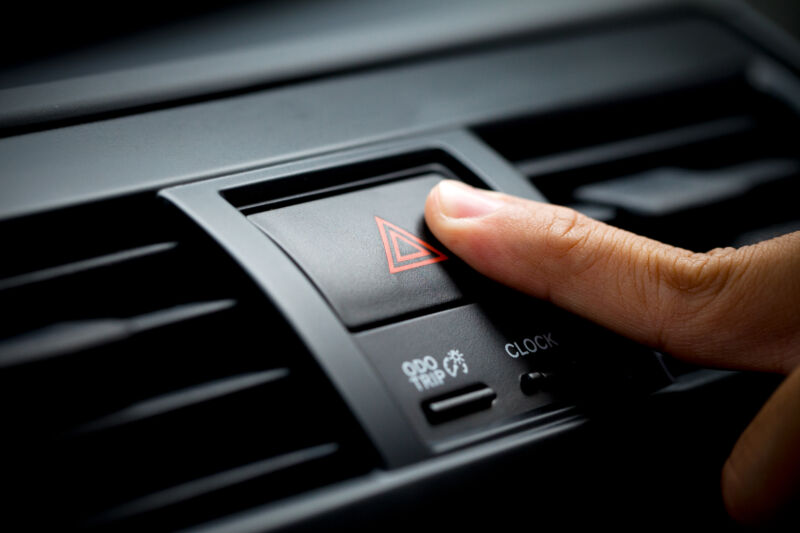
Some progress in the automotive industry is laudable. Cars are safer than ever and more efficient, too. But there are other changes we’d happily leave by the side of the road. That glossy “piano black” trim that’s been overused the last few years, for starters. And the industry’s overreliance on touchscreens for functions that used to be discrete controls. Well, the automotive safety organization European New Car Assessment Programme (Euro NCAP) feels the same way about that last one, and it says the controls ought to change in 2026.
“The overuse of touchscreens is an industry-wide problem, with almost every vehicle-maker moving key controls onto central touchscreens, obliging drivers to take their eyes off the road and raising the risk of distraction crashes,” said Matthew Avery, Euro NCAP’s director of strategic development.
“New Euro NCAP tests due in 2026 will encourage manufacturers to use separate, physical controls for basic functions in an intuitive manner, limiting eyes-off-road time and therefore promoting safer driving,” he said.
Now, Euro NCAP is not insisting on everything being its own button or switch. But the organization wants to see physical controls for turn signals, hazard lights, windshield wipers, the horn, and any SOS features like the European Union’s eCall feature.
Tesla is probably at greatest risk here, having recently ditched physical stalks that instead move the turn signal functions to haptic buttons on the steering wheel. (Ferrari also has its turn signals on the steering wheel, but Ferrari does not appear in Euro NCAP’s database so probably doesn’t care.)
Euro NCAP is not a government regulator, so it has no power to mandate carmakers use physical controls for those functions. But a five-star safety score from Euro NCAP is a strong selling point, similar to the Insurance Institute for Highway Safety’s coveted Top Safety Pick program here in the US, and it’s likely this pressure will be effective. Perhaps someone should start bugging IIHS to do the same.

